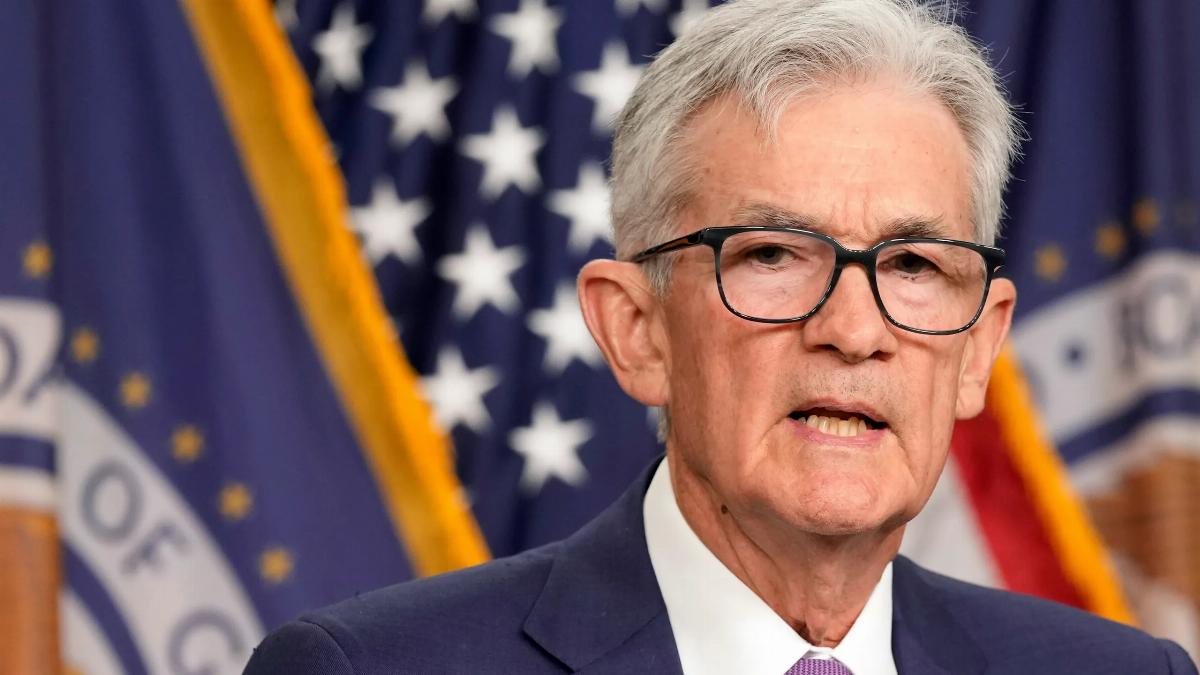
Federal reserve announces bold interest rate cut amid inflation fight
On September 18, the Federal Reserve reduced interest rates by half a percentage point, surprising investors with a more significant cut than expected. This marks the first rate reduction since the onset of the COVID-19 pandemic in March 2020. Investors responded positively, viewing it as a sign that the restrictive monetary policies of the past two years are easing.
Despite the enthusiasm in equity markets, Fed Chairman Jerome Powell emphasized that this is not an emergency measure to appease market demands. Instead, the Fed has remained committed to its inflation control strategy, which began over a year ago. Powell reiterated that the central bank has stuck to its original path, despite pressures from both Wall Street and Washington, D.C.
The Fed's latest Summary of Economic Projections (SEP) shows that nearly half of the voting members predict one more rate cut this year, with a total reduction of 75 basis points in 2024. The SEP estimates a median interest rate of 3.4% by the end of 2025. Powell also noted that long-term rates are expected to stabilize at around 2.9%, well above the zero-bound rates assumed during the Zero Interest-Rate Policy (ZIRP) era.
Powell cautioned that the Fed's work is not yet finished, reaffirming its commitment to reducing its balance sheet through quantitative tightening and achieving the long-term inflation target of 2%.







